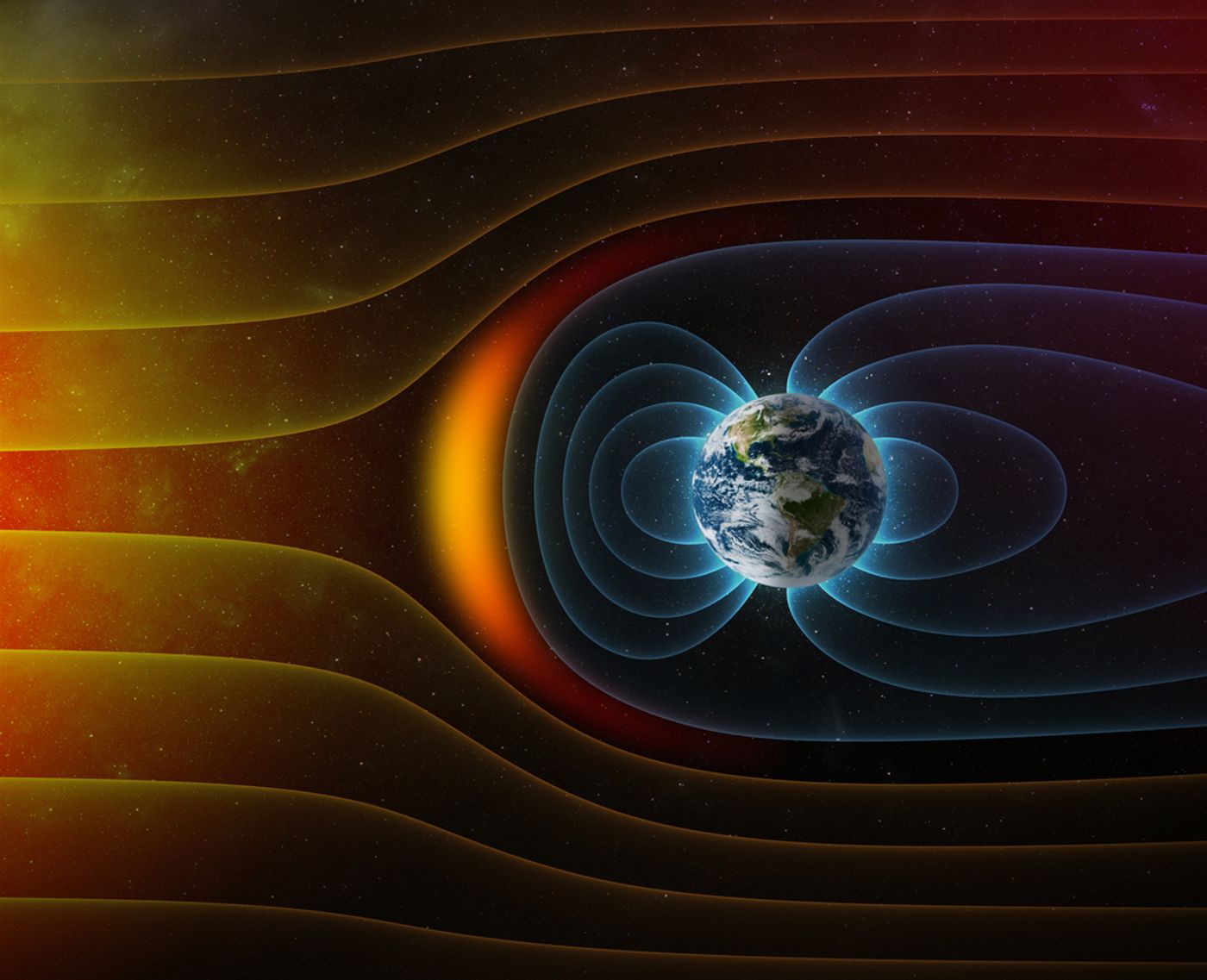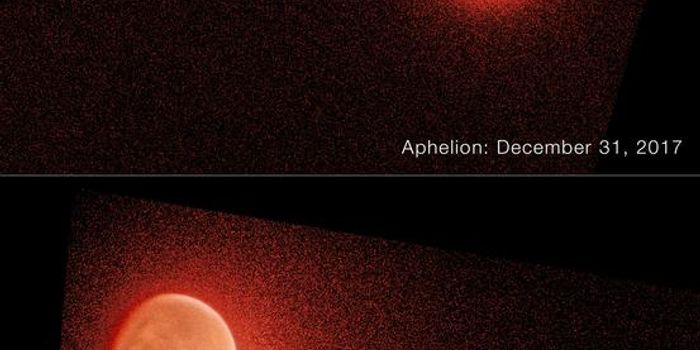Delving Into the Mysteries of Planetary Magnetic Fields
If you were to ask any average Joe to describe what space is like in between all the planets in our solar system, they’d most likely reply with something along the lines of an empty vacuum with no air and a rock here and there. While they’re partially right, there’s a bigger picture.
Much of what makes the mechanisms of outer space tick are invisible to the naked eye. A mix of various forces, including gravitational and magnetic fields, act as the stellar glue that influences matter throughout the universe.
Image Credit: TodayIFoundOut.com
Most planets produce magnetic fields, and these influence particles as they move through the vacuum of outer space between planetary bodies.
Magnetic fields are vital to a planet’s habitability; not only do they shield worlds from damaging solar winds, but they also protect it from interstellar radiation (the kind that originates from other galaxies). Earth’s countless life forms have the planet’s magnetic field to thank for keeping this world habitable, among other things.
Related: Mars' lack of a magnetic field is part of the reason the planet is a dry and lifeless place today
You can think of a magnetosphere as an invisible bubble surrounding a planet. Notably, while the Earth is puny compared to the Sun, our planet’s magnetosphere is nearly as large as our host star. Comparatively, Jupiter has a magnetic field spanning more than 15 times the Sun’s diameter; crazy, right?
Video Credit: NASA's Scientific Visualization Studio/JPL NAIF
Earth’s magnetic field is conveniently located right here in our backyard, making it easy for scientists to study it. Analyzing other planets’ magnetospheres, on the other hand, is more challenging because they’re further away from us.
To tackle this quandary, we deploy spacecraft to probe other worlds. Scientists have done this for decades, allowing us to paint a picture of how different planets’ magnetic fields look and achieve a higher understanding of what makes them tick.
Related: Did a solar storm damage Earth's magnetic field?
Apart from Mars and Venus, every other planet in the solar system has a magnetic field, but they’re generated differently. While flowing molten metal in Earth’s core creates our planet’s magnetic field, Jupiter’s is produced by compressed liquid metallic hydrogen at its center. It’s a similar concept, but the mechanisms are different.
Interestingly, Ganymede is the only moon in the solar system that sports a magnetic field. Even distant brown dwarfs and exoplanets from other stellar systems may exhibit magnetic fields, but many of these targets are too far away to study in detail.
While planetary scientists have a general idea of how magnetic fields work, our knowledge is undoubtedly limited. Fortunately, probes are examining other planets right this second, and with a little bit of luck, we may be able to solve more mysteries about magnetic fields as time goes on.
Source: NASA









